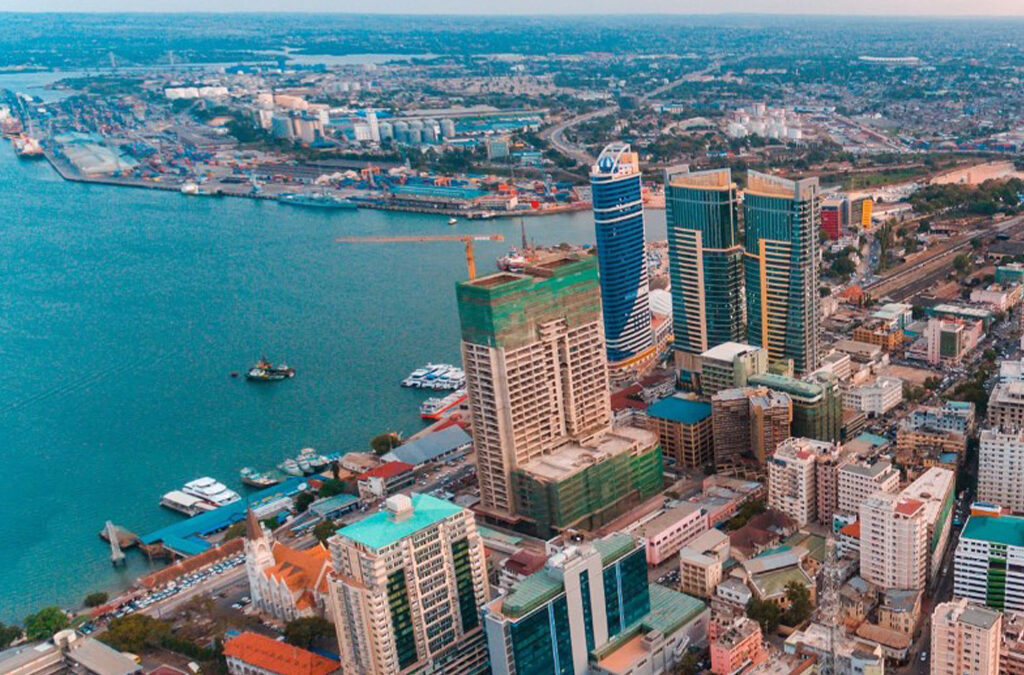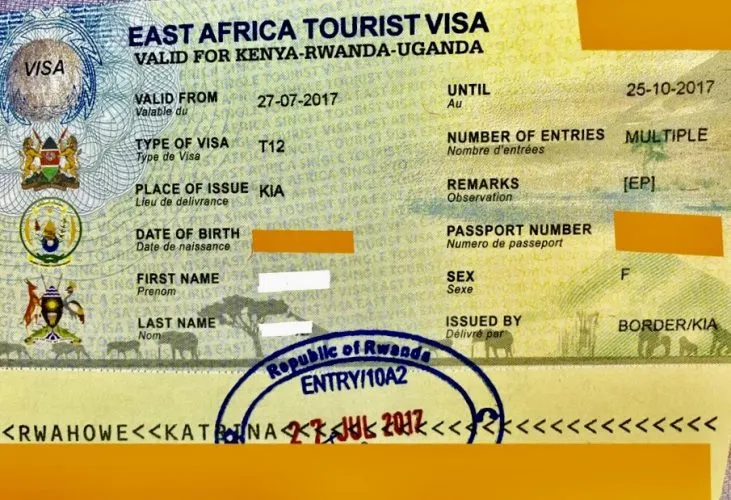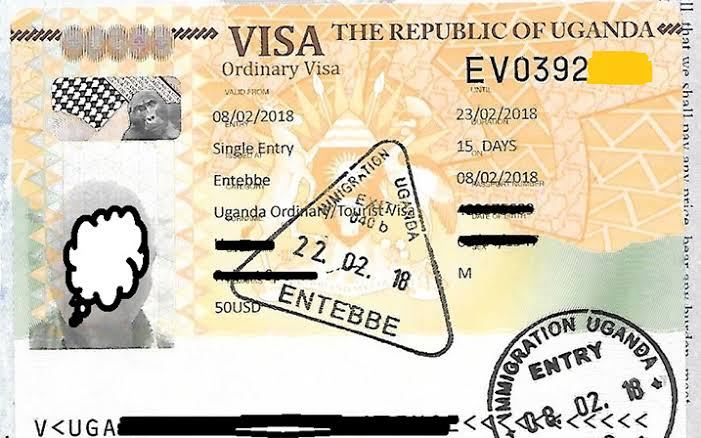Can You Safari Tanzania on $50/Day? A Realistic and Inspirational Guide
Tanzania evokes powerful imagery: endless savannas dotted with acacia trees, lions lounging under the shade, elephants lumbering through the grass, and flamingos dancing across soda lakes. For many, a safari in Tanzania is a bucket-list dream, often presumed to be an indulgence reserved for the wealthy. But is it possible to explore Tanzania’s wild heart on just $50 a day? The answer is a hopeful yes with creativity, flexibility, and a love for adventure.
The Misconception of Luxury
Safaris have long been associated with luxury lodges, private game drives, and gourmet dinners under the stars. The safari industry, especially in Tanzania, tends to cater to upscale travelers with packages running into thousands of dollars. This paints a misleading picture. While top-tier experiences are indeed available, so are options for those traveling with tight budgets. A safari doesn’t have to mean five-star comfort it can also be about grassroots experiences, intimate wildlife encounters, and cultural immersion.
Budget Travel in Tanzania: A Balancing Act
Budgeting $50 a day in Tanzania for a safari is no small feat, but it’s not impossible. The key lies in rethinking what a safari means. It doesn’t always have to be a game drive through Serengeti in a luxury 4×4. Safaris can be experienced through different lenses: national parks off the beaten path, community wildlife reserves, and even walking safaris guided by locals.
Breaking down the budget, this $50 often needs to cover:
-
Accommodation
-
Food
-
Park entrance fees
-
Transport
-
Guide or group tour contributions
-
Miscellaneous expenses
This tight budget demands a careful balance, but it can also lead to a richer, more grounded experience.
Accommodation: Sleeping Under the Stars (on a Budget)
Outside the popular parks, basic lodges and campsites can cost between $10-$20 a night. In towns near parks like Mto wa Mbu (near Lake Manyara) or Karatu (near Ngorongoro), family-run guesthouses offer simple but clean rooms. Camping brings costs down even further many travelers opt to rent a tent or bring their own gear, with campsites often charging as little as $5-$10 a night.
Staying with locals through programs like Couchsurfing or informal homestays introduces a level of cultural richness that hotels simply can’t match. Sharing a meal, listening to stories, and understanding life in a Tanzanian village opens doors that tourist brochures rarely show.
Food: Local Flavors, Local Prices
Street food in Tanzania is both delicious and budget-friendly. A full meal of rice, beans, vegetables, and perhaps a bit of nyama choma (grilled meat) rarely costs more than $2-$3. Markets brim with tropical fruits, fresh bread, and local snacks like samosas or mandazi (fried doughnuts), perfect for budget-conscious travelers.
By eating where the locals eat, it’s easy to keep food costs below $10 a day and the reward is more than just savings. It’s an introduction to Tanzanian hospitality, which often begins and ends with a shared plate of food and a warm conversation.
Transport: Public Buses and Shared Rides
Getting around Tanzania on a budget means embracing local transport. Dala-dalas (shared minivans) are the most economical way to travel between towns and even to some park gates. For longer distances, intercity buses like those from Arusha to Mwanza or Dar es Salaam to Moshi are incredibly affordable sometimes less than $10 for a full-day ride.
Reaching parks can be more complex, especially when traveling solo. Grouping up with other travelers to split costs on a vehicle or joining a scheduled budget group safari can bring prices down considerably. Sometimes, just showing up at a hostel in Arusha or Moshi and networking with fellow travelers opens up spontaneous opportunities to join a group and save money.
Wildlife on a Budget: Where and How
Some parks in Tanzania are more budget-friendly than others. The big names Serengeti, Ngorongoro Crater, and Tarangire have higher entrance fees and logistical costs. But parks like Lake Manyara, Arusha National Park, and Mikumi offer similar wildlife viewing at a fraction of the price.
Arusha National Park, for instance, allows for walking safaris with a ranger a far more intimate and affordable way to experience wildlife than the standard game drive. Mikumi, near Dar es Salaam, has zebra, giraffes, and even lions and elephants, and it’s relatively undiscovered by international tourists.
Another great option is the Selous Game Reserve (now part of Nyerere National Park), which sees fewer tourists and can be accessed more affordably by those starting from southern Tanzania.
It is important to remember that the value of a safari isn’t just in how many lions are seen. Watching monkeys swing through trees in a forested park, or observing hippos wallow in a muddy river at sunset, brings the same sense of awe and sometimes, even more.
Community Tours and Cultural Safaris
Many local villages near the parks offer community-run tours that blend culture with nature. A guided walk through a banana plantation, learning how coffee is made, or visiting a traditional Maasai boma costs just a few dollars. These experiences are often overlooked by tourists chasing the Big Five, yet they provide a deeper connection to Tanzania’s rich human heritage.
In fact, some of the most unforgettable moments happen off the main wildlife trail. A shared dance with a Maasai elder, a child laughing while teaching a Swahili phrase, or a starlit chat with a guide by the campfire these are the safaris of the soul.
Travel Tips for the $50/Day Safari
-
Go slow. Traveling slowly reduces transport costs and allows for better deals on accommodation and tours.
-
Travel in shoulder season. April to June or October to early December are less busy, with lower prices and fewer crowds.
-
Join budget group safaris. In Arusha or Moshi, many budget tour operators offer 2-5 day safaris for around $150-$200, which can average out to $50/day if camping and sharing costs.
-
Bargain, respectfully. Especially in markets or with guides, polite negotiation is expected.
-
Pack smart. Bring essentials like sunscreen, a refillable water bottle, and binoculars to avoid extra expenses on the ground.
Redefining Luxury
There’s a quiet power in choosing the road less traveled. It’s not always easy dust, long waits for buses, basic meals but it reveals a version of Tanzania that’s raw and real. The joy of hearing lions roar from a canvas tent, or sharing tea with a Tanzanian family after a long day, can’t be measured in stars or dollars.
Traveling on a budget strips away the excess and brings travelers closer to the heart of the experience. And in a place like Tanzania, where nature is vast and people are warm, $50 a day isn’t just enough it is a gateway to something far richer than money can buy.
Final Thoughts
Yes, it’s absolutely possible to safari in Tanzania on $50 a day. It may not come with the plush trappings of a high-end lodge, but it comes with something far greater: authenticity. With open eyes, an open heart, and a willingness to embrace the unknown, the African wilderness welcomes all not just those with deep pockets. The journey may be budgeted, but the rewards are beyond measure.






